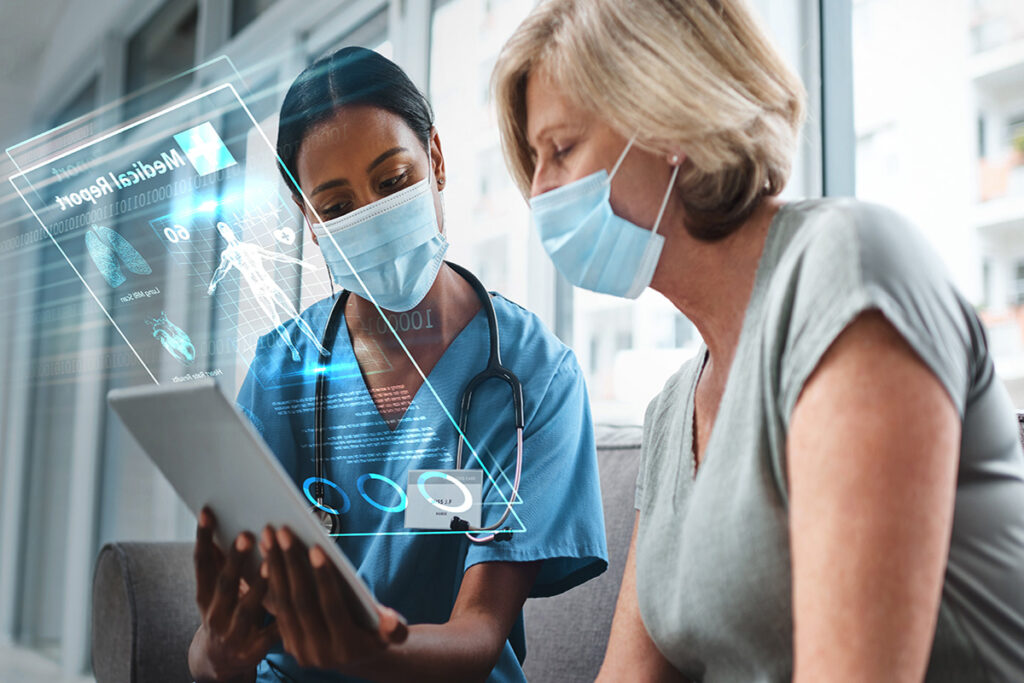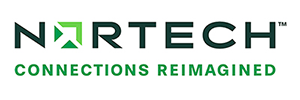The future of digital connectivity in medical devices is bright. Connected devices are already having a major impact on healthcare, and this trend is only going to continue in the years to come.
There are many benefits to medical device connectivity. For one, it allows for real-time monitoring of patient’s health conditions, enabling doctors to find and treat problems early before they become serious. Connected devices collect data on patients’ health over time. This data is used to track progress, identify trends, and make better treatment decisions.

Connected devices that add remote monitoring reduce the need for in-person hospital visits. The result is significant time and resource savings for both patients and healthcare providers. Consequently, interconnect solutions for medical devices should strive to be more durable, lightweight and adaptable to many conditions, strains and lengths.
As technology continues to advance, medical device connectivity has the potential to revolutionize healthcare, making it more accessible, affordable, and effective.
5 Benefits of Using IoT in Medical Devices
- Improved Patient Care
Connected medical devices supply real-time data to improve patient care. For example, connected pacemakers check a patient’s heart rate and rhythm and send alerts to doctors if there are any problems. This feature helps prevent heart attacks and other serious complications.
Innovative technology allows doctors to monitor their patient’s health from a distance, using sensors and other devices connected to the internet. Manufacturers like Nortech are already taking advantage of the IoT. We connect sensors to the cloud to transfer data points into secure databases for retrieval and analysis by medical professionals.
2. Enhanced Patient Engagement
Connected medical devices help to enhance patient engagement. For example, patients use connected devices to track their health data and share it with their doctors. Sharing of data between doctors and patients, helps patients better understand their health and make informed decisions about their care.
3. Increased Efficiency
Connected medical devices improves the efficiency of healthcare delivery. For example, connected surgical robots supply more precise and accurate surgery, leading to shorter recovery times and lower costs. Connected hospital beds monitor patients’ vital signs and alert nurses if problems arise. This real-time monitoring technology helps prevent injuries due to patient falls.
4. Wearable Devices
These devices track a variety of health data, including heart rate, sleep patterns and activity levels. The data from this prime example of medical device connectivity is used to improve patient care and make lifestyle changes.
5. Virtual Reality (VR) and Augmented Reality (AR)
These technologies provide patients with a more immersive and interactive healthcare experience. For example, VR helps patients learn about their condition and potential treatments. VR and AR are valuable teaching tools for medical professionals to practice techniques and skills.
As technology advances, innovative ways to use connected devices will improve patient care. It will also benefit the efficiency of healthcare delivery and the overall cost of healthcare. Though there are positive outcomes for medical IoT, there are also risks and challenges to integrating advanced digital connectivity.
Medical Device Connectivity Challenges
Here are some challenges that need to be addressed to fully realize the potential of digital connectivity in medical devices:
- Data Security
One of the biggest challenges is ensuring the security of patient data. Connected devices collect a vast amount of data, and this data needs to be protected from unauthorized access.
- Interoperability
Another challenge is making sure connected devices communicate with each other. It’s important for allowing patients access to their health data and their doctors so they can make informed treatment decisions.
- Cost
Expenses to develop and implement digital connectivity in medical devices is sometimes a barrier to adoption. However, the cost of these devices is expected to come down over time, making them more affordable for patients and healthcare providers.
Despite these challenges, the future of medical devices is digital connectivity. These devices are revolutionizing healthcare, making it more accessible, affordable and effective.
Nortech customizes both wireless and interconnect solutions. We consistently achieve quality and performance while meeting specific requirements through close collaboration with our customers. Nortech’s hybrid power plus data Active Optical Xtreme™ cables are examples of Nortech’s innovation and vision for a digital future. Learn more about Nortech’s AOX technology now.
